
The West Virginia National Guard is a part of the West Virginia Department of Military Affairs and Public Safety. It comprises the West Virginia Army National Guard and the West Virginia Air National Guard. Unlike some states, West Virginia does not maintain a state defense force, nor is there a naval component to the state's military forces.

The 194th Armored Brigade is a separate brigade of the US Army. All armor, cavalry, and armor and cavalry mechanic soldiers, and Marines in equivalent specialties, are trained by the 194th under the armor component of the Maneuver Center of Excellence at Fort Moore, Georgia, where the 194th has been garrisoned since 2012.
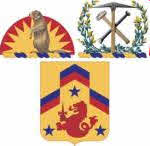
The 82nd Cavalry Regiment is a parent regiment in the United States Army National Guard. It is represented in the Oregon Army National Guard by the 1st Squadron, 82nd Cavalry, part of the 81st Stryker Brigade Combat Team.

The 238th Cavalry Regiment was a United States Army parent cavalry regiment, represented in the Indiana Army National Guard by Troop E, 238th Cavalry, part of the 76th Infantry Brigade Combat Team, stationed at Bluffton.
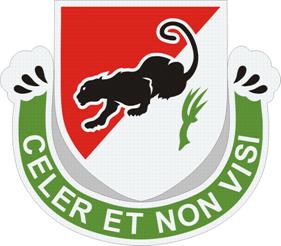
The 31st Cavalry is a historical organization within the United States Army and the Alabama Army National Guard that began as a Troop of Cavalry under "The Alabama Militia Law of 1820". The unit was constituted on 24 July 1821 in the Alabama Militia as the 1st Regiment Cavalry Troop at Jackson, Alabama
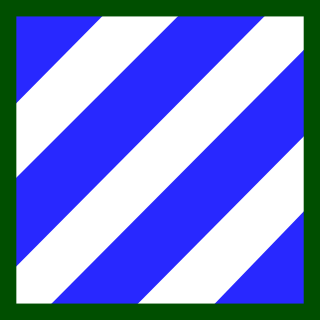
The 48th Infantry Brigade Combat Team is a modular infantry brigade of the Georgia Army National Guard. One of the oldest units in U.S. Army history, the lineage of the 48th Infantry Brigade can be traced back to 1825. It is one of few units in the US military that also saw service as a unit of the Confederate States of America during the American Civil War. Today, the 48th IBCT is part of the U.S. Army's "Associated Units" program where it's aligned under the 3rd Infantry Division, a combined arms combat maneuver unit of the Regular Army.
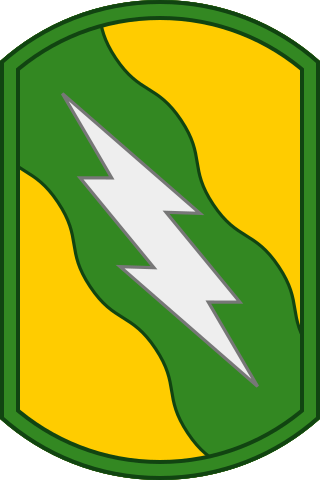
The 155th Armored Brigade Combat Team is a brigade combat team of the Mississippi Army National Guard.

The 107th Cavalry Regiment, Ohio Army National Guard, is a parent regiment under the U.S. Army Regimental System, with headquarters at Hamilton, Ohio. It currently consists of the 2nd Squadron, 107th Cavalry Regiment, part of the 37th Infantry Brigade Combat Team (BUCKEYE), Ohio National Guard located throughout southwest Ohio.

The 1st Battalion, 107th Cavalry Regiment was a unit of the Ohio Army National Guard, with troops in multiple locations throughout northeastern Ohio and has served in the United States of America's major wars and conflicts since 1898 until its inactivation on 31 August 2007.

The 98th Cavalry Regiment is a parent regiment of the United States Army established in 2006. It is represented in the Mississippi Army National Guard by the 1st Squadron, 98th Cavalry, an element of the 155th Armored Brigade Combat Team.

The 102nd Cavalry Regiment is a regiment of the United States Army first established in 1913 and which saw service in World War II.

The 104th Cavalry Regiment is a Regiment of the United States Army first established in 1921. Troop A, 1st Squadron is one of several National Guard units with colonial roots and campaign credit for the War of 1812.

The 2nd Squadron, 107th Cavalry Regiment is a cavalry squadron of the 37th Infantry Brigade Combat Team and the Ohio National Guard located throughout southwest Ohio.
The 105th Cavalry Regiment is a regiment in the United States Army National Guard.

First Squadron, 153rd Cavalry Regiment "Darkhorse" is an element of the Florida Army National Guard, headquartered in Panama City, Florida with units throughout the Panhandle. It was formerly 3rd Battalion, 124th Infantry and officially converted to cavalry on 1 September 2007 when the 53rd Infantry Brigade converted from a "separate brigade" to the brigade combat team structure.
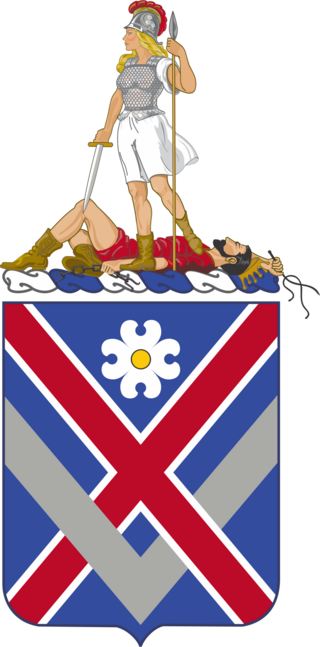
The 183rd Cavalry Regiment is a cavalry regiment of the United States Army, represented in the Virginia Army National Guard by 2nd Squadron, 183rd Cavalry (2-183). The squadron is the reconnaissance, surveillance, and target acquisition squadron of the 116th Infantry Brigade Combat Team, part of the 29th Infantry Division.
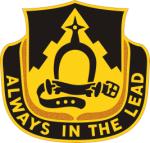
The 303rd Cavalry Regiment is a United States cavalry regiment, currently represented in the Washington Army National Guard by the 1st Squadron, 303rd Cavalry, headquartered at Vancouver, Washington, part of the 96th Troop Command. It incorporates the lineage of the 303rd Cavalry, 303rd Armor, and 803rd Armor Regiments of the Washington Army National Guard.
The 348th Cavalry Regiment was a United States Army cavalry regiment, represented in the Georgia Army National Guard by Troop E, 348th Cavalry, headquartered at Griffin, Georgia, part of the 48th Infantry Brigade. It was constituted in 1973 after Troop E was reflagged from a unit of the 196th Cavalry. In 1995, Troop E was reflagged as Troop E, 108th Cavalry.
The 748th Cavalry Regiment was a United States Army cavalry regiment, represented in the Georgia Army National Guard by 1st Squadron, 748th Cavalry, headquartered at Griffin, Georgia, part of the 48th Armored Division. It was broken up in 1968 when the division was inactivated.




















